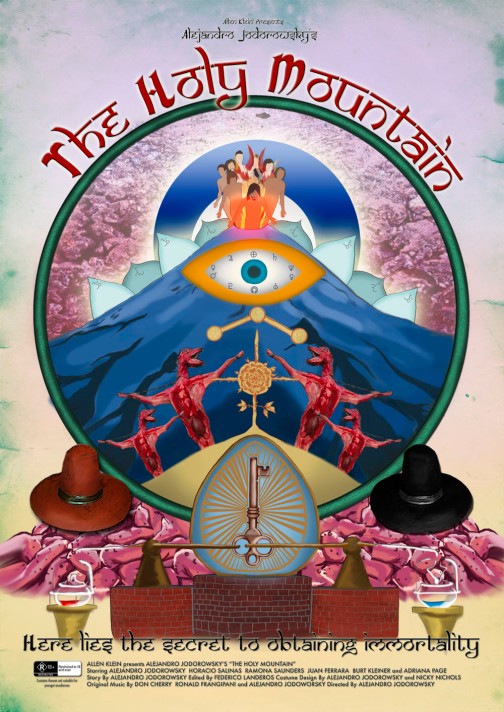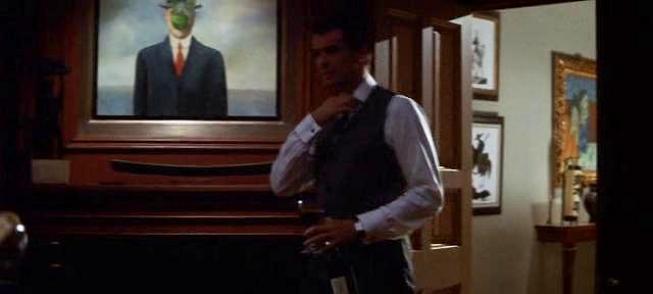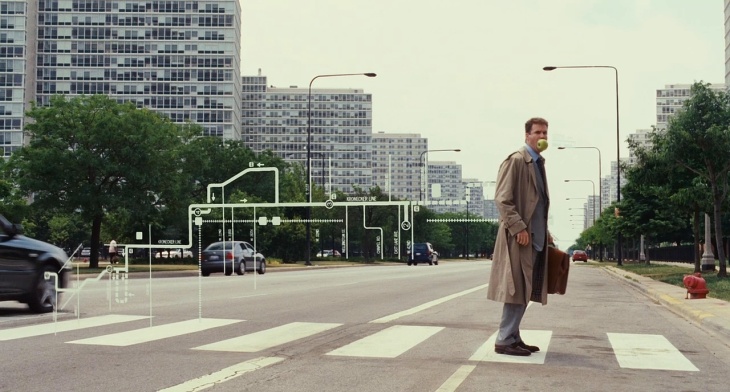The Wind in the Willows is a children’s novel by Kenneth Grahame, first published in 1908. Alternately slow moving and fast paced, it focuses on four anthropomorphised animals in a pastoral version of England. The novel is notable for its mixture of mysticism, adventure, morality, and camaraderie and celebrated for its evocation of the nature of the Thames valley.
In 1909, Theodore Roosevelt, then President of the United States, wrote to Grahame to tell him that he had “read it and reread it, and have come to accept the characters as old friends”.
In addition to the main narrative, the book contains several independent short-stories featuring Rat and Mole. These appear for the most part between the chapters chronicling Toad’s adventures, and are often omitted from abridgements and dramatizations. The chapter “Dulce Domum” describes Mole’s return to his home, accompanied by Rat, in which, despite finding it in a terrible mess after his abortive spring clean, he rediscovers, with Rat’s help, a familiar comfort. The Piper at the Gates of Dawn tells how Mole and Rat search for Otter’s missing son Portly, whom they find in the care of the god Pan. (Pan removes their memories of this meeting “lest the awful remembrance should remain and grow, and overshadow mirth and pleasure”.) Finally in Wayfarers All, Ratty shows a restless side to his character when he is sorely tempted to join a Sea Rat on his travelling adventures.
 Illustration by Arthur Rackham
Illustration by Arthur Rackham
The book was originally published as plain text, but many illustrated, comic and annotated versions have been published over the years. Notable illustrators include Paul Bransom (1913), Ernest H. Shepard (1933), Arthur Rackham (1940), Tasha Tudor (1966), Michael Hague (1980), Scott McKowen (2005), and Robert Ingpen (2007).
The Wind in the Willows was the last work illustrated by Arthur Rackham. The book with his illustrations was issued posthumously in a limited edition by the Folio Society with 16 color plates in 1940 in the US. It was not issued with the Rackham illustrations in the UK until 1950.
 The Piper at the Gates of Dawn, frontispiece to a 1913 edition by Paul Bransom
The Piper at the Gates of Dawn, frontispiece to a 1913 edition by Paul Bransom
The first album by psychedelic rock group Pink Floyd, The Piper at the Gates of Dawn (1967), was named by former member Syd Barrett after chapter 7 of The Wind in the Willows,which contains a visionary encounter with the god Pan, who plays his pan pipe at dawn. It was one of Barrett’s favourite books, and he often gave friends the impression that he was Pan, that he was the Piper. The moniker was later used in the song Shine On You Crazy Diamond, in which Barrett is called “you Piper”. However, the songs on the album are not directly related to the contents of the book. Barrett came up with the album title The Piper at the Gates of Dawn; the album was originally titled Projection up to as late as July 1967.
 Up-and-coming society photographer Vic Singh was hired to photograph the band for the album cover. Singh shared a studio with photographer David Bailey, and he was friends with Beatles guitarist George Harrison. Singh asked Jenner and King to dress the band in the brightest clothes they could find. Vic Singh then shot them with a prism lens that Harrison had given him. The cover was meant to resemble an LSD trip, a style that was favoured at the time.
Up-and-coming society photographer Vic Singh was hired to photograph the band for the album cover. Singh shared a studio with photographer David Bailey, and he was friends with Beatles guitarist George Harrison. Singh asked Jenner and King to dress the band in the brightest clothes they could find. Vic Singh then shot them with a prism lens that Harrison had given him. The cover was meant to resemble an LSD trip, a style that was favoured at the time.
 Syd did his own little drawing on the back cover
Syd did his own little drawing on the back cover
The same chapter was the basis for the name and lyrics of Piper at the Gates of Dawn, a song by Irish singer-song writer Van Morrison from his 1997 album The Healing Game. The song The Wicker Man by British heavy metal band Iron Maiden also includes the phrase. British extreme metal band Cradle of Filth released a special edition of their album Thornography, called Harder, Darker, Faster: Thornography Deluxe; on the song Snake-Eyed and the Venomous, a pun is made in the lyrics “… all vipers at the gates of dawn” referring to Chapter 7 of the book.
To listen to Van Morrison’s rendition of this literary classic, please take a gander at The Genealogy of Style‘s Facebook page: https://www.facebook.com/pages/The-Genealogy-of-Style/597542157001228?ref=hl









































